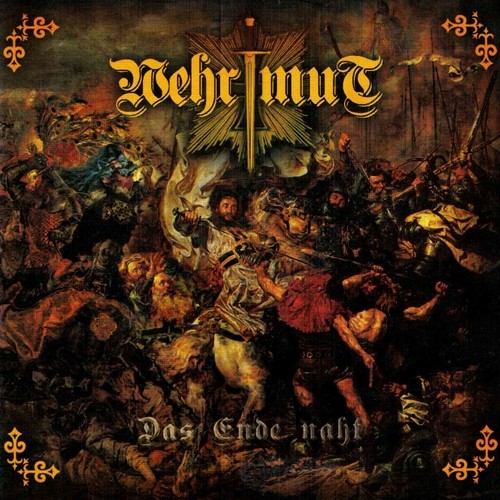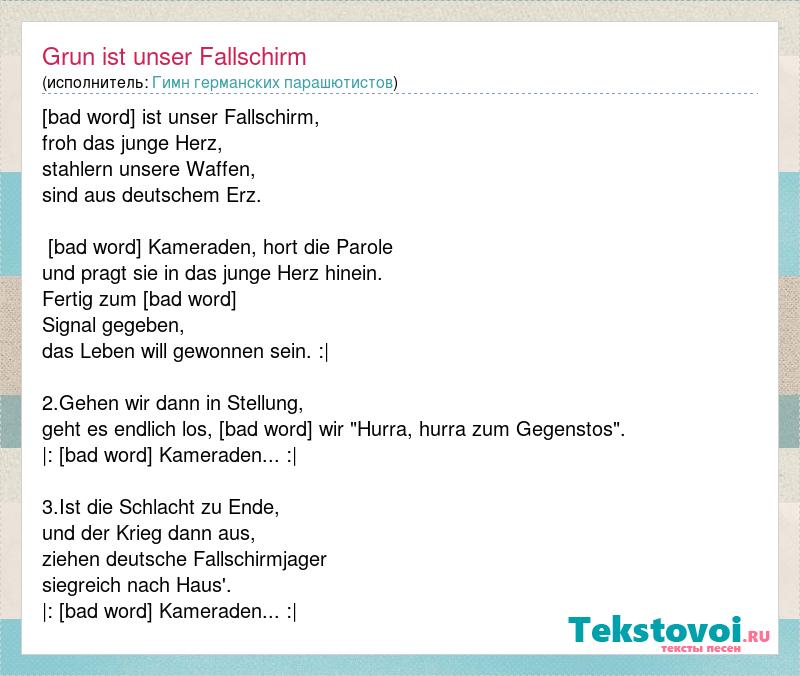

The beast’s back was all studded like a snood the beast had a round/concave head like the moon, and the beast was called Quasi Caput Luna ‘Head Like the Moon’, and its breasts were like the breasts of a nicor, and with hard and large teeth it was equipped and toothed. Then there came suddenly a certain beast from the fen and from the fastness. Then all the land we came to was dried up and fen, and canes and reeds grew there. Ond we þa þæt deor nowþer ne mid spere gewundigan ne meahte ne mid nænige wæpne, ac we hit uneaþe mid isernum hamerum ond slecgum gefyldon ond hit ofbeoton.

Ond hit þa þæt deor ofsloh mine þegnas twegen. Hæfde þæt deor seonowealt heafod swelce mona, ond þæt deor hatte Quasi Caput Luna, ond him wæron þa breost gelice niccres breastum, ond heardum toðum ond miclum hit wæs gegyred ond geteþed.

Wæs þæm deore eall se hrycg acæglod swelce snoda. Ða cwom þær semninga sum deor of þæm fenne ond of ðæm fæstene. Ða wæs þæt lond eall swa we geferdon adrugad ond fen, ond cannon ond hreod weoxan.

Trees of Sun and Moon, and a Monster Called Quasi Caput Luna If accepted, this finding is likely to enrich our understanding of the nocturnal giants of Beowulf and their temporary possession of, and ultimate defeat by, a giant sunlike sword. Finally, I address the possible symbolic significance of Beowulf’s return to Heorot bearing the head of Grendel and the hilt of the giant sword.Ģ The quantity of comparative evidence adduced in this chapter and preceding ones, some of which is obscure but coherent, together with the lack of obvious dependency of many of the cited sources upon each other, suggests the likelihood of widespread early traditions about giants and giantesses associated with the moon. The penultimate section offers further thoughts on the relationship of the monsters of the Danish mere, and their decapitation, to imagery of the moon’s waning. It progresses from analysis of lunar and solar imagery in another Old English prose text preceding Beowulf in Cotton Vitellius A.xv, and of the Anglo-Latin Liber monstrorum, to the words of Beowulf (especially the noun nið ), and then further evidence for the presence of lunar and solar myth in Old Norse texts. The present chapter advances further evidence. I have already adduced some of this evidence, the clearest being the similarities between Grendel’s mere and the Lake of the Moon in Wonders, between Grendel’s mother and the giantess Mána ‘Moon’ (about whom more below) in Sörla saga sterka, and between Grendel and the lunar thief of Riddle 29. It is chiefly further comparative evidence from Old English and Old Norse texts that now suggests this dimension to their nature. If present, this aspect lies in the background, though it may have been more apparent to an Anglo-Saxon audience than it is today. 1 That Grendel and his mother-two ellorgæstas ‘alien visitors/spirits’ or ‘visitors/spirits from elsewhere’ (1349)-may have a mythologically lunar aspect is not readily apparent from Beowulf.


 0 kommentar(er)
0 kommentar(er)
